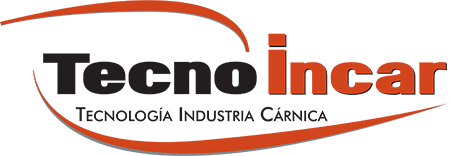Conveyor belts are essential in a cutting room, facilitating the efficient movement of meat products throughout the cutting and packaging process.
Proper maintenance of these conveyor belts is crucial to ensure their continuous operation, minimize downtime, and maintain high standards of safety and hygiene. Below, we detail the key aspects of maintaining our conveyor belts in a cutting room.
Conducting regular inspections is fundamental to identify potential issues before they become serious failures.
– Visual Inspection: Look for signs of wear, cracks, or damage on the conveyor belt.
– Mechanical Components Check: Inspect rollers, pulleys, and tensioners to ensure they are in good condition.
– Alignment Check: Verify that the belt is properly aligned to avoid slippage or additional damage.
Visual Inspection:
– Look for signs of wear.
– Inspect rollers, pulleys, and tensioners.
– Cleaning and disinfecting the conveyor belts are crucial to maintain hygiene and prevent cross-contamination.
– Daily Cleaning: Remove meat and fat residues from the belt surface after each shift.
– Regular Disinfection: Apply approved disinfectants to eliminate bacteria and other pathogens.
– Maintenance of Hard-to-Reach Areas: Pay special attention to areas underneath the belt and hidden components where dirt can accumulate.
Adjustments and Tensioning of Conveyor Belts:
– Belt alignment.
– Periodic tension checks.
– Speed control.
Replacement of Worn Components:
– Conveyor belts.
– Rollers and pulleys.
– Motors and reducers.
Staff Training:
– Maintenance Procedure Training: Ensure staff are aware of and follow recommended maintenance procedures.
– Safety Protocols: Implement and adhere to strict safety protocols to avoid accidents during maintenance.
– Activity Documentation: Keep detailed records of all maintenance activities, including dates, specific tasks, and issues encountered.
Benefits of Proper Maintenance:
– Increased Equipment Lifespan.
– Improved Efficiency.
– Enhanced Safety.
– Regulatory Compliance.
Contact us!

